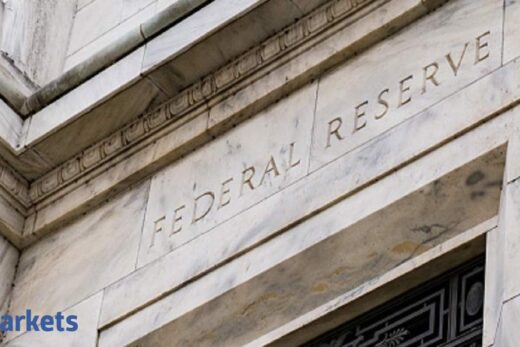Bond markets also happen to be the fountain of money supply for other asset classes like commodities, forex and equities. As any high school student of economics will tell us, money is the lifeblood of commerce. Bond markets, being the source of money, determine trends in other markets.
Financial markets witnessed a tectonic shift post 9/11. Central banks the world over discovered they could ‘stimulate’ sagging economies by cutting interest rates. Lower interest rates meant lower cost of capital and lower costs of doing business. The Global Financial Crisis of 2008 made this game plan a ‘must do’ strategy for central bankers.
It seemed to work for a few years. So much so that over $15 trillion worth of bonds are today fetching negative yields. This means you have to pay interest to the bond issuer to buy their bonds! This is due to the flight to safety by ultra-high networth investors and institutions, which placed an emphasis on capital protection rather than return on investment.
The Covid-19 pandemic triggered a disruptive change. We saw retail traders trigger a short squeeze on stocks like Gamestop. Robinhood traders brought down many a hedge fund by sheer force of their cumulative trades.
Bond markets were the last man standing.
These disruptive trades are now reaching bond markets. Traders are hammering (short selling) sovereign bonds and causing spikes in bond yields. Remember bond yields and bond prices are inversely correlated. The standoff between bond traders and bond issuers (primarily governments) is that of demand and supply. Governments the world over need to borrow large sums of money from the bond markets and want interest rates to stay lower so as to lower their own borrowing costs. Bond investors and traders are not happy with that. They are demanding higher interest rates by selling bonds in protest.
In the Indian context, the 10-year benchmark sovereign yield was at 5.90 – 5.95 per cent barely a month ago. It has crossed 6.30 per cent now. Rising yields are threatening to trigger a spike in interest rates and that will also raise the cost of doing business (including investing and trading).
Equity markets being advanced discounting mechanisms are witnessing nervousness in the market. Historically, we have seen bond yields spike past the 8 per cent mark in the last years of the UPA-II regime. Stock prices were weak even then. The impact is particularly felt on banking stocks and by default in the Bank Nifty, as banks happen to be the biggest investors in these bonds. A selloff in bond prices triggers mark-to-market losses in the banks’ bond portfolios.
Veteran traders and institutional players who remember lessons from history are playing cautious and that is showing in the behaviour of the banking stocks. Investors would do well to note that all asset classes have a pull-push impact on each other. Even if one is pure equity investor/trader, she must monitor bonds and commodities markets for trend determination.
(Vijay L Bhambwani is Head of Research for Behavioural Technical Analysis at Equitymaster. Views are his own)



